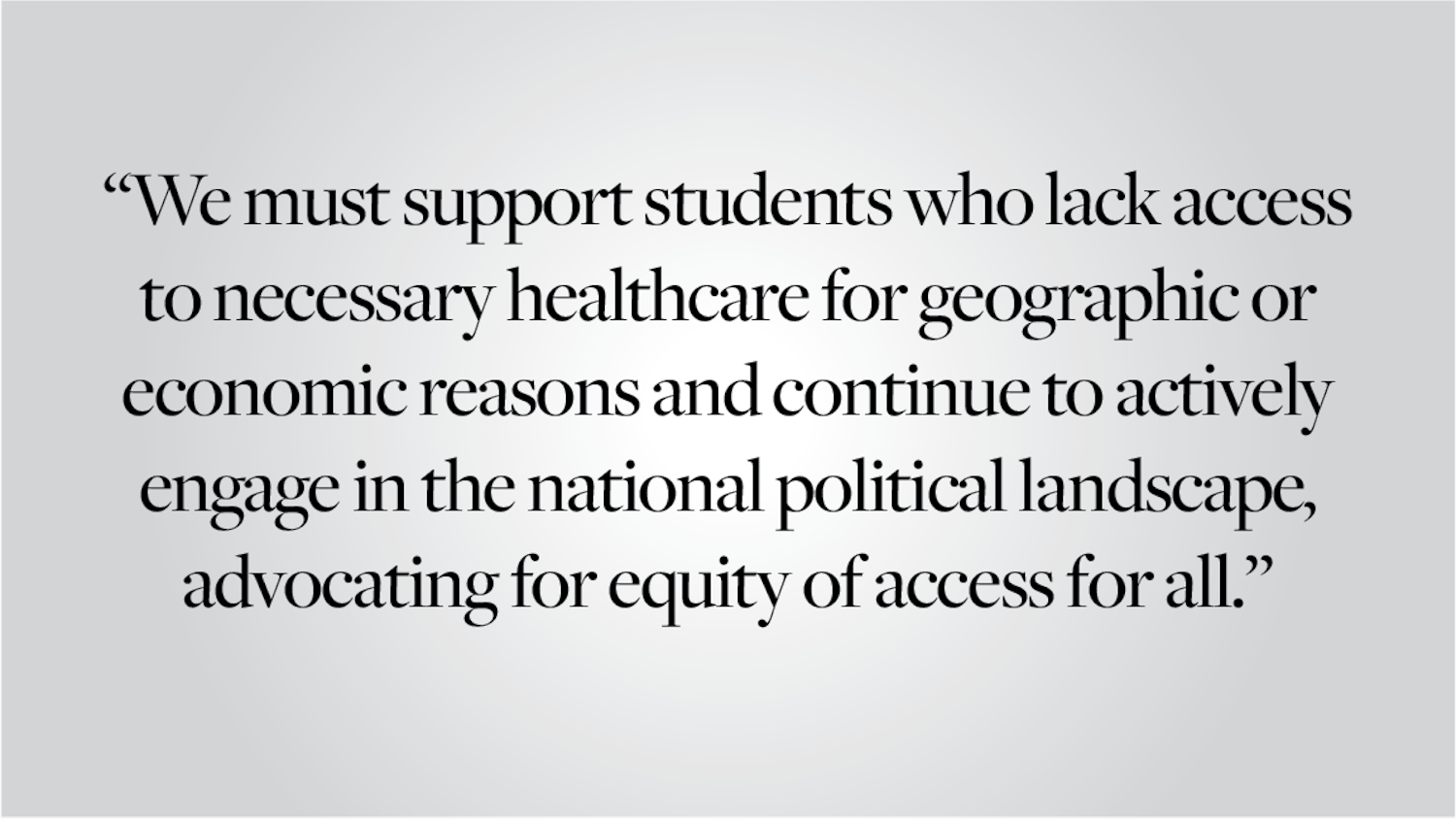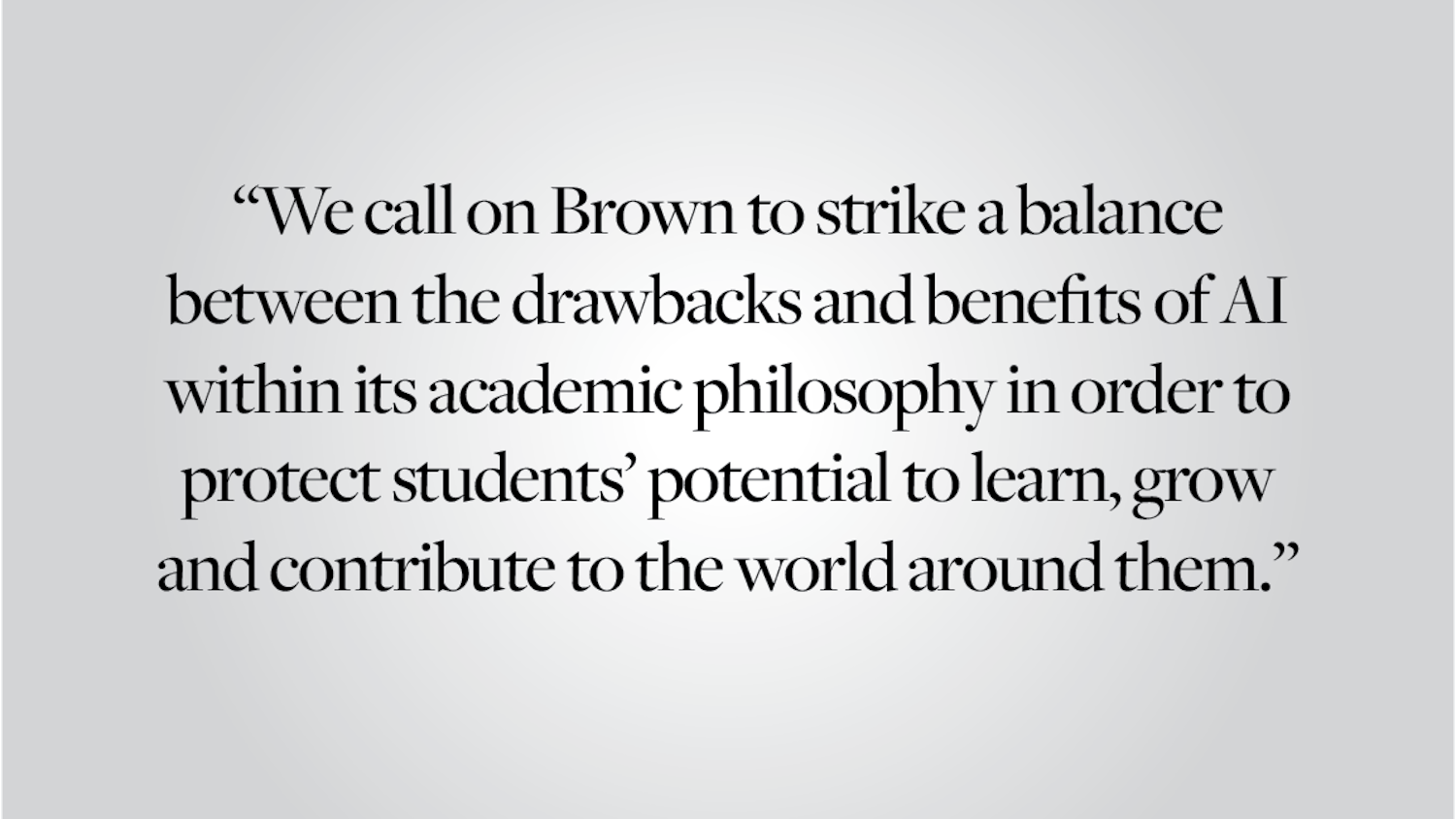In 2011, the I-195 Redevelopment Commission was formed to address the use of vacant land in downtown Providence following the highway’s relocation. On Monday, The Herald reported that the commission has made progress in selling off the parcels formerly occupied by the interstate (“Developer, District Commissioner enter agreement,” Feb. 9).
The availability of the vacated LINK land — the 19 developable acres within the redevelopment plan — presents a unique opportunity to alter the underlying urban fabric of Providence. The commission must remain cognizant that Providence — with an unemployment rate of 7.5 percent, almost two points above the national average — stands to benefit from the economic implications of a large-scale redevelopment project.
The recent announcement of the purchase and sale agreement jointly entered by developer Richard Baccari II and the commission points to a significant advancement in the effort. Parcel 8 — a 13,149-square-foot plot located at the corner of Pike Street and South Main Street — is slated to be a mixed use development, including retail, residential and office segments. With a location at a key intersection, the land — albeit relatively small — holds the capacity to further consolidate the retail anchored on South Main and nearby Wickenden.
Yet the commission carries a history of being somewhat selective in its efforts. Though Parcel 8 and Parcel 28 — a downtown lot slated to be developed into student housing — have obtained approval, the commission has rejected plans for three other parcels in and around the city center. While the commission understandably must adhere to a set of criteria in the approval process, its primary concern should be to enable development, not to deter inquiries into the redevelopment project.
While the city does indeed have the 1.4-million-square-foot Providence Place Mall, these smaller developments will attract small businesses to the city and offer refreshing variety for locals and visitors alike. By facilitating these new developments, the city and the commission allow for job creation on the front end and more sustained economic growth in its wake. Providence stands at an uncertain juncture, and a smooth facilitation of redevelopment will undoubtedly serve to solidify its footing.
Excessive hindrances to developers will simply shift their interest to what they perceive as more attractive markets, such as Boston and New York. According to the Providence real estate brokers Cushman and Wakefield, the average office rent in Providence is approximately $18 per square foot compared to a $47 asking price in Boston, a significant discrepancy on the owner’s end. An increase in supply may flood an already weak market, but these developments will hopefully cater to specific tenants and residents, and consequently create new demand in this particular segment.
Beyond the underlying mechanics of development in Providence, the redevelopment undertaking provides a unique opportunity for the University to continue its expansion into the Jewelry District near the Alpert Medical School and to alleviate the strain on existing facilities near the core of campus. From the commission’s perspective, Brown is a stable and longterm partner that holds priorities that transcend economic returns. For the University, the available development opportunities can serve to create a more integrated campus — one that spans from College Hill down to the Jewelry District.
Editorials are written by The Herald’s editorial page board: its editors, Alexander Kaplan ’15 and James Rattner ’15, and its members, Natasha Bluth ’15, Manuel Contreras ’16 and Baxter DiFabrizio ’15. Send comments to editorials@browndailyherald.com.




